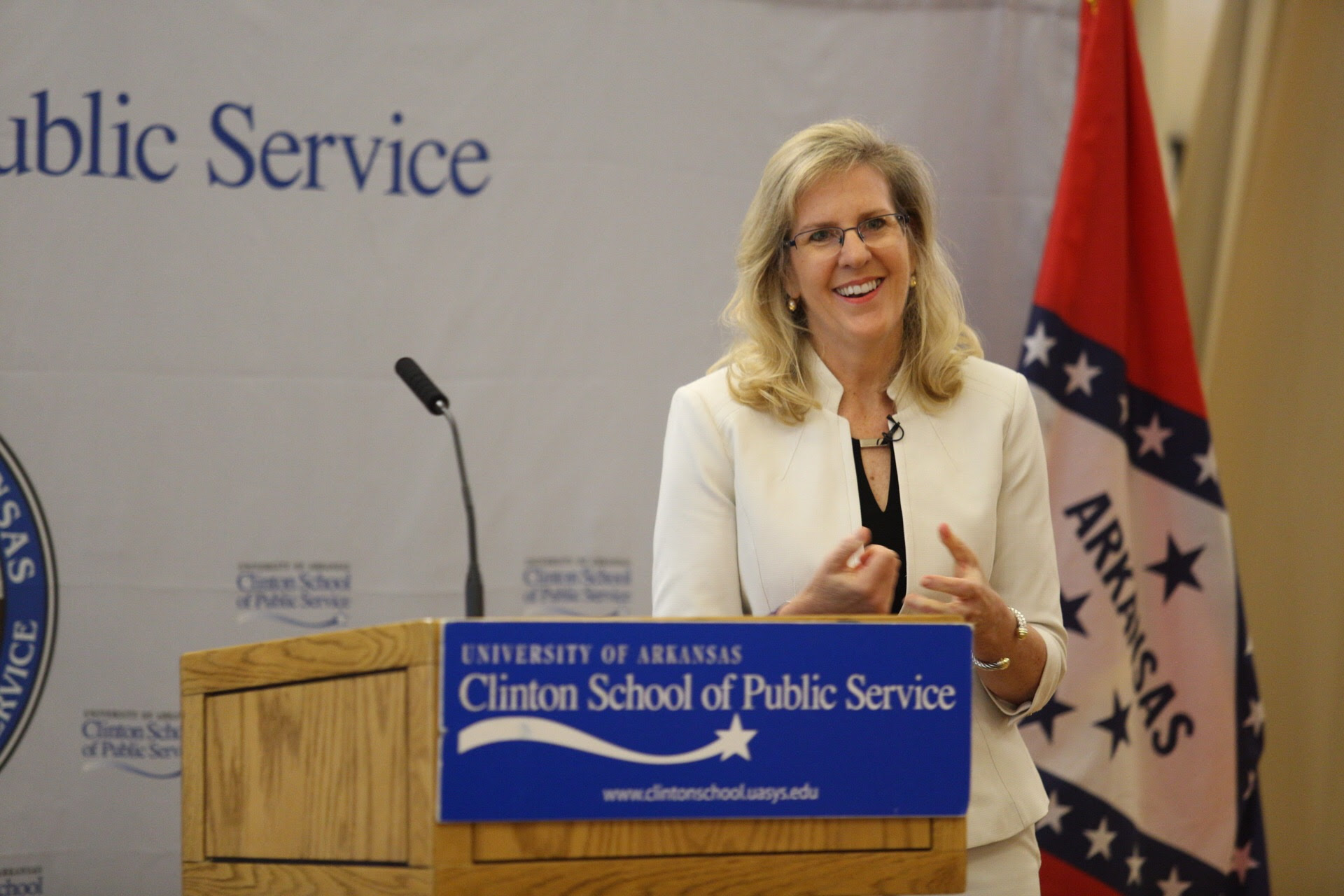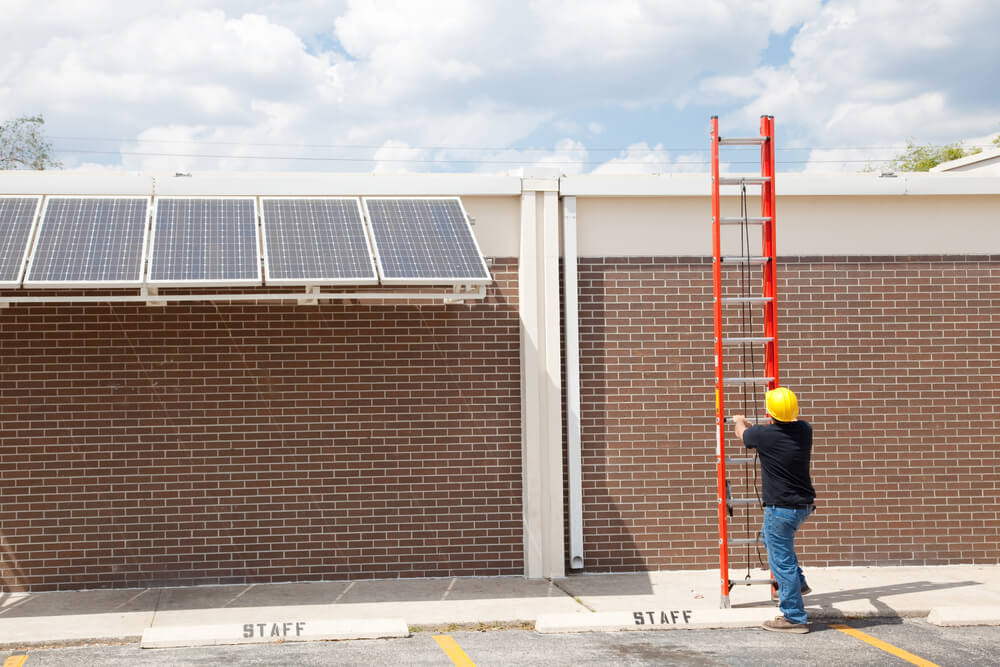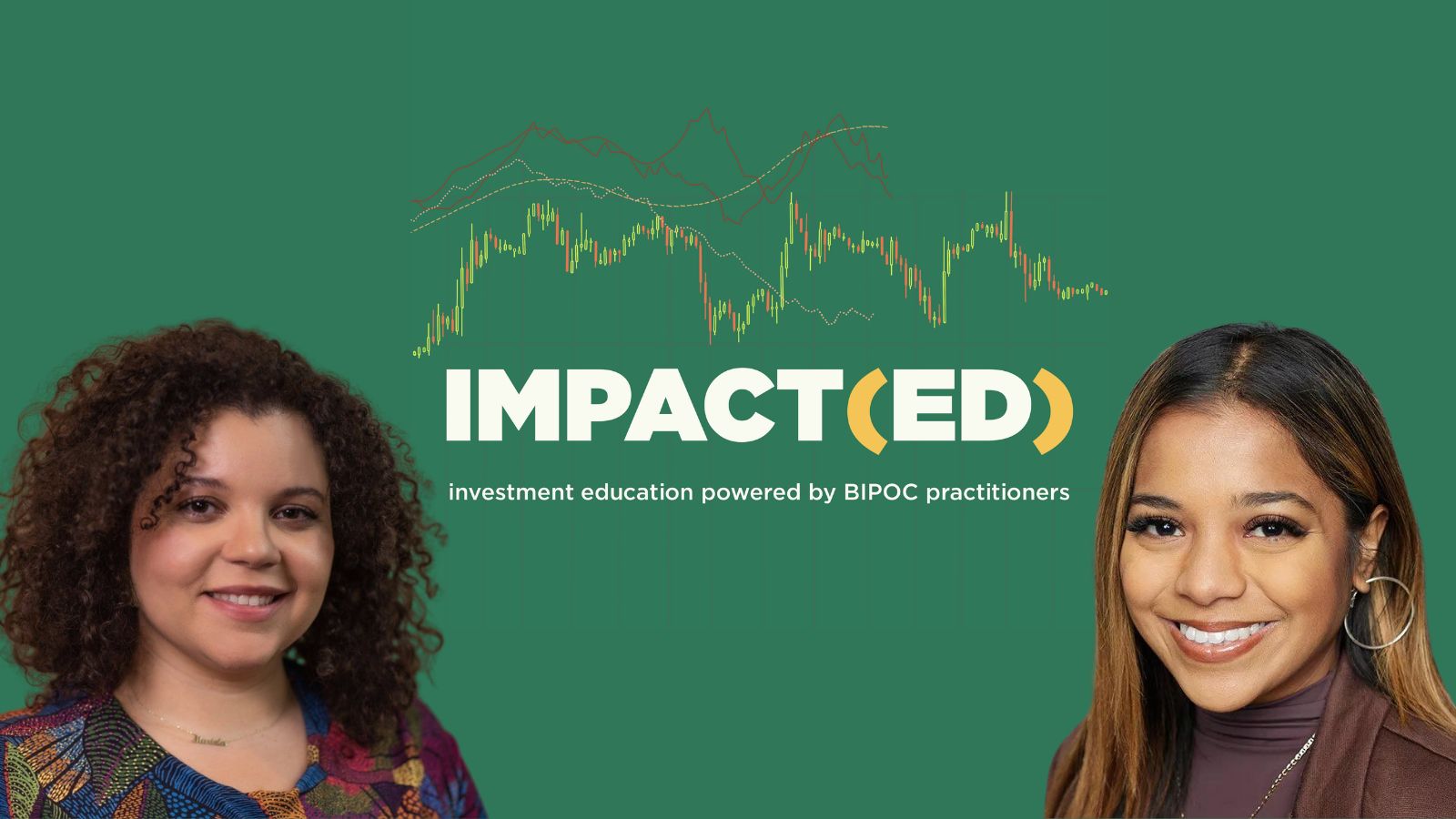Almost two years ago, we mourned what appeared to be a lost opportunity for community lenders and impact investors.
We were wrong! ECIP Is Epic!
At the end of 2020, Congress approved a $12 billion emergency appropriation in the Consolidated Appropriations Act to provide capital for CDFIs and minority-owned depository institutions, or MDIs. The bulk of the appropriations totaling $9 billion funded the creation of the Emergency Capital Investment Program, or ECIP. By way of comparison, Bill Clinton envisioned only $1 billion for the CDFI Fund back when he was running for office in 1992 and that amount was to be shared among 100 community development banks and credit unions and 1,000 loan funds, microlenders, and venture capital firms.
The ultimate goal of ECIP is to increase the availability of credit for consumers, small businesses, and nonprofit organizations that provide direct benefits to low-and moderate-income communities, low-income and underserved individuals, and minorities impacted by the COVID-19 pandemic. The final legislation was built on the Jobs and Neighborhood Investment Act championed by Sen. Mark Warner of Virginia and had strong bipartisan backing in Congress.
By limiting ECIP investments to minority-owned and CDFI depository institutions, Congress recognized their unique ability to reach those “at the bottom of the pyramid” and those most impacted by the pandemic.
Initial concerns
In our January 2021 ImpactAlpha op-ed, we were skeptical about ECIP. It appeared that ECIP investments would be little more than limited-life soft debt, rather than the hardcore permanent equity needed by MDIs and CDFI banks. Because of this, we anticipated that the funds would be used primarily to refinance existing debt capital and not to jumpstart lending, especially not to higher-risk consumers and small businesses.
We were also concerned that ECIP investments would prove costly compared to other funding sources, especially given that the coupon would be paid in after tax dollars. Recall that the yield on the 10-year Treasury note was only a little north of 1% when we wrote our last op-ed on this topic.
Further, if ECIP investments had bullet maturities limited to at most 10 years, well-managed financial institutions would be inclined to create sinking funds from future earnings to repay their ECIP investments at maturity. Enhancing lending activity in communities of need, which was the clear and welcomed purpose of the legislation, ran the risk of falling short of expectations.
Finally, we were concerned about some potential restrictions on recipients of ECIP investments that were not immediately clear in the legislation: particularly, restrictions on executive compensation, share buybacks, and dividend payments. If left unaddressed, the restrictions could have encouraged early repayment.
Outsized returns and leveraged impact
Boy, were we wrong!
In short, Treasury hit the ball out of the park. The ECIP preferred shares are perpetual. Those institutions that cannot issue preferred stock, such as Subchapter S corporations and credit unions, were allowed to issue subordinated debt with 30-year maturities. Investees are given the opportunity to reduce the coupon or interest rate on their ECIP investments down to 0.5% depending on the level of their future lending and investing in underserved communities.
Restrictions on dividends and executive compensation are tied to current federal regulations already long in force. Smart policy makers made sure the potential of ECIP was realized. It is now up to the managers and the private owners of ECIP investees to put the capital to work.
For impact investors, the completion of the first round of ECIP investments by Treasury provides a compelling near-term opportunity to invest in MDIs and CDFIs. To date ECIP has funded $8.3 billion in equity investments in 162 MDIs, CDFI banks, and CDFI credit unions with a second round for up to $340 million currently in process.
ECIP has vastly increased the equity accounts of many CDFI depositories and MDIs – often more than doubling their core capitalization. As a result, ECIP investments provide impact investors with extraordinary protection for senior and subordinated debt and deposits in CDFI depositories and MDIs. Banks and credit unions that received ECIP investments have a keen need for these additional funds to leverage their ECIP capital and scale up their lending to efficiently deploy their capital. ECIP investees will be looking for debt and deposits to make that happen.
Common shareholders may do even better while doing good.
An unanticipated consequence of ECIP is that it provides the possibility for outsize financial returns for common equity holders in ECIP investees. The arithmetic is straight forward. The key is that the benefit of financial returns on total equity in excess of the 2% paid to ECIP accrues to the benefit of the investee’s common shareholders. For example, if an MDI has a historic return on equity of 8% and doubled its equity capital with an ECIP investment yielding 2%, the MDI’s common shareholders should anticipate realizing a 14% annual return in the future assuming that the new ECIP capital is deployed wisely and the bank successfully leverages up its balance sheet.
Investors in companies like Southern Bancorp, Inc., with its new capital strategy – Capital Model 2.0 – may fare even better. Capital Model 2.0 is designed to provide common shareholders with returns “of” and “on” investment. Investors in Southern’s 2017 $50 million common equity capital raise have already realized significant returns on their investments.
Prior to 2017, there was no secondary market for Southern’s common shares and few shares ever changed hands. Southern realized that implementing a different capital strategy was necessary if the company was to attract the common equity needed to fulfil its mission. To generate demand for its 2017 capital campaign, Southern implemented Capital Model 2.0 to make its shares financially attractive to investors while preserving its mission.
The key aspects of Capital Model 2.0 include providing a financial return to common shareholders through regular, quarterly, common dividends and annual or semi-annual share repurchases, protecting the company’s long-term mission by becoming a benefit corporation and a certified B-Corp, and creating an employee ownership program linked to Southern’s retirement program to insure consistent shareholder liquidity and give its employees an ownership stake in the business.
In keeping with Capital Model 2.0, Southern has paid more than $2.9 million in common dividends between the start of 2017 and June 30, 2022 and repurchased $11.75 million in common shares. Consequently, investors who participated early in the 2017 capital campaign have realized internal rates of return between 12% and 14% through June 30, 2022. And this is before Southern closed its $250 million Treasury ECIP investment in the third quarter of 2022.
Underserved communities gain the most
While investing in those MDIs and CDFIs receiving ECIP investment represents an exciting opportunity for investors, it is the communities these banks serve that remain the most important stakeholders that should benefit the most from ECIP.
As noted, the reducing coupon on the ECIP capital is directly linked to the volume of loans made to people and places ignored by most banks. This alignment between management, shareholders, and community tees up, perhaps for the first time in recent history, the chance to serve underserved communities at scale with responsive financing.
If delivered, the promise of ECIP will, in fact be EPIC for low-income consumers, entrepreneurs, and households in communities across the country.
Once again, we encourage impact investors to join Treasury by increasing their investments in MDIs and CDFI depository institutions. The time could not be better.
Laurie J. Spengler is CEO of Courageous Capital Advisors, LLC. George P. Surgeon is CEO of GSJ Advisors, Inc.











